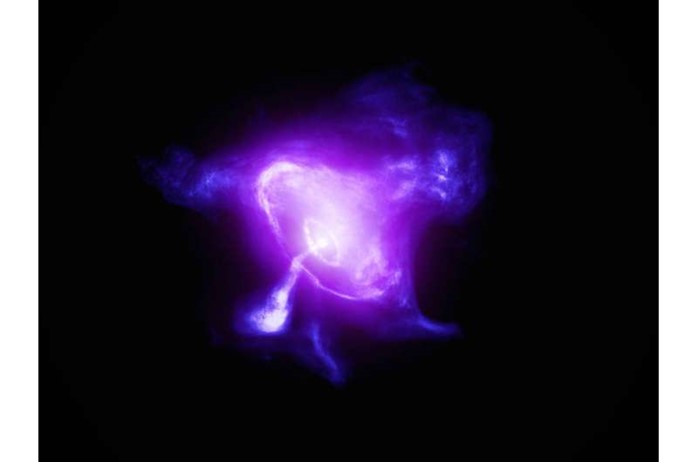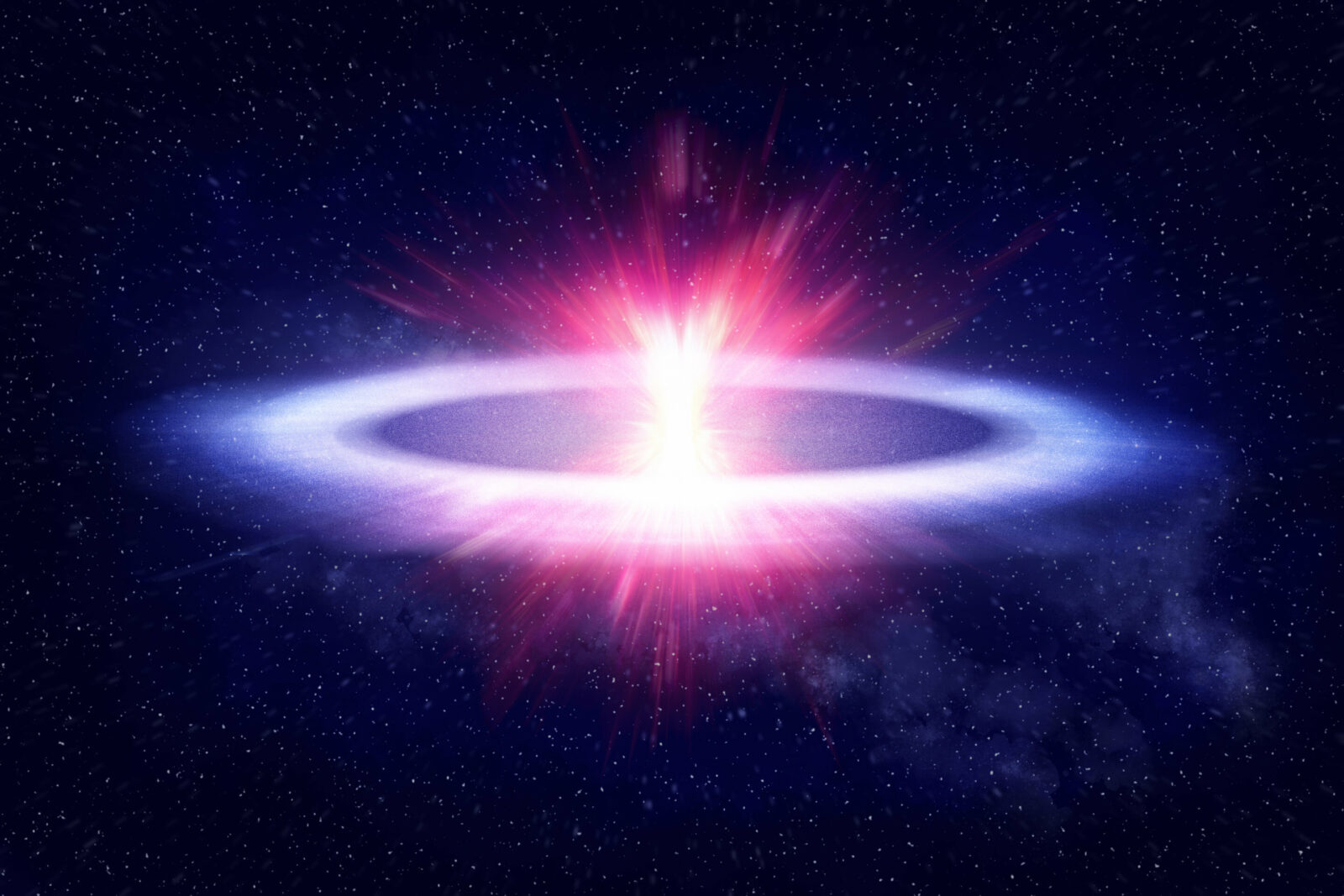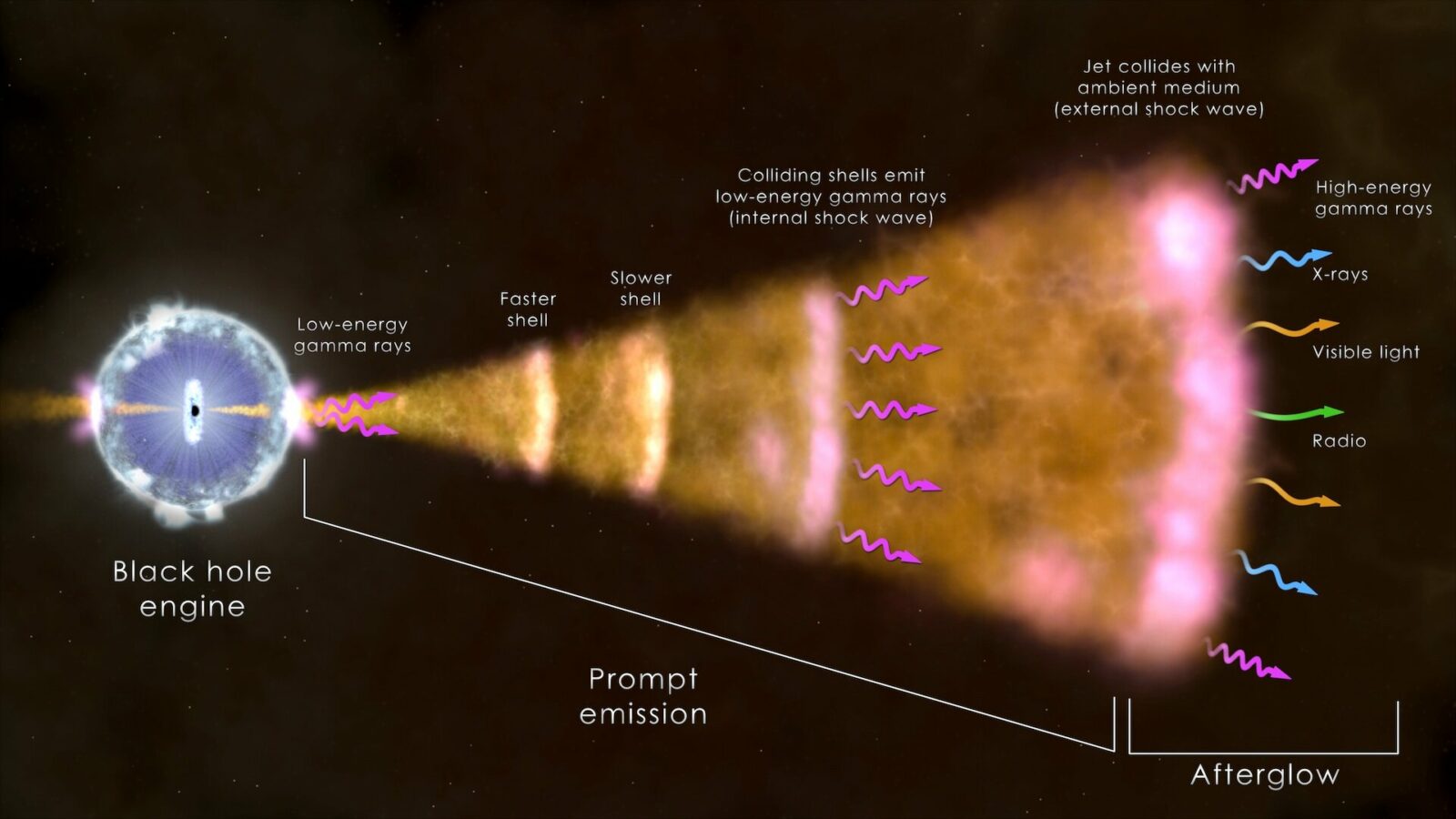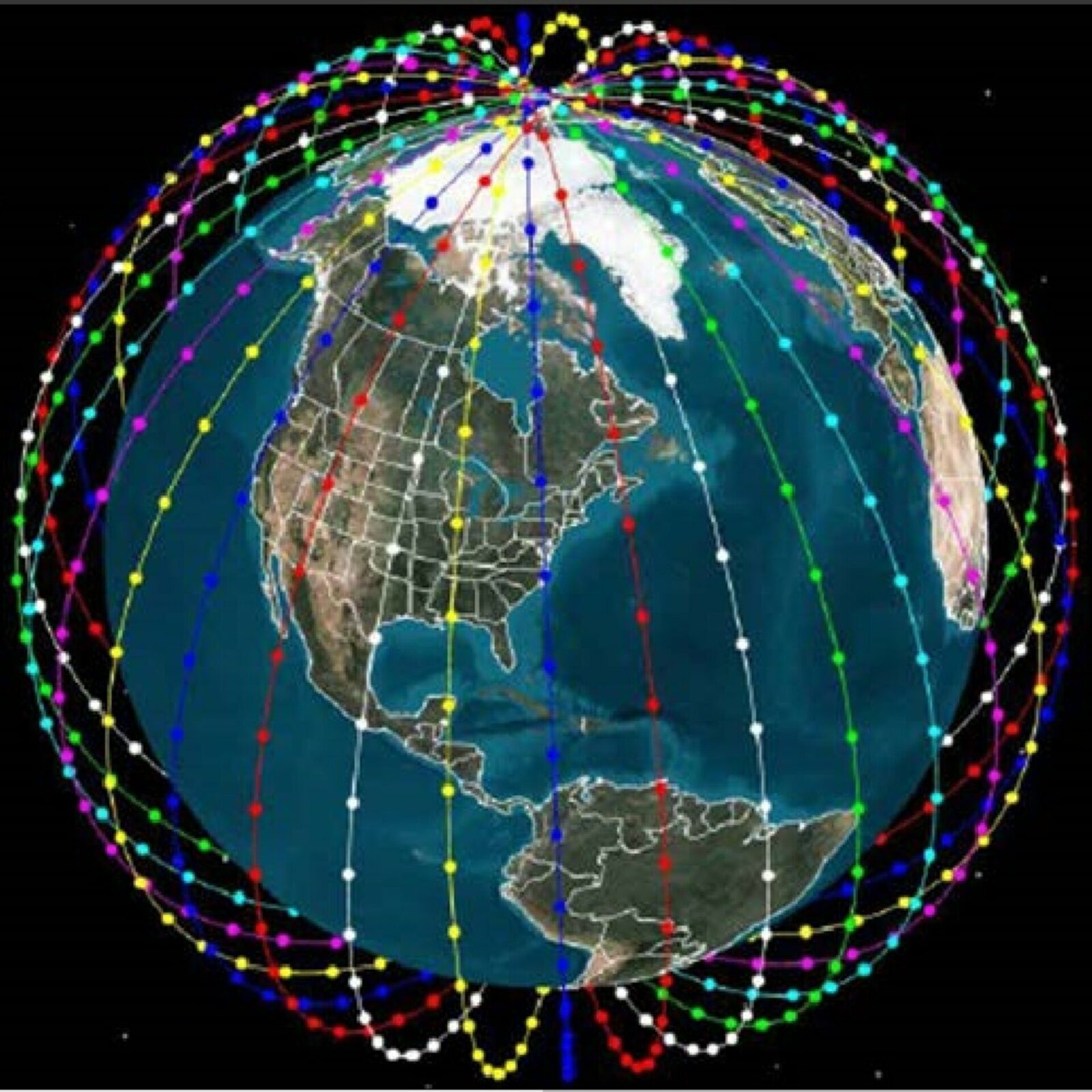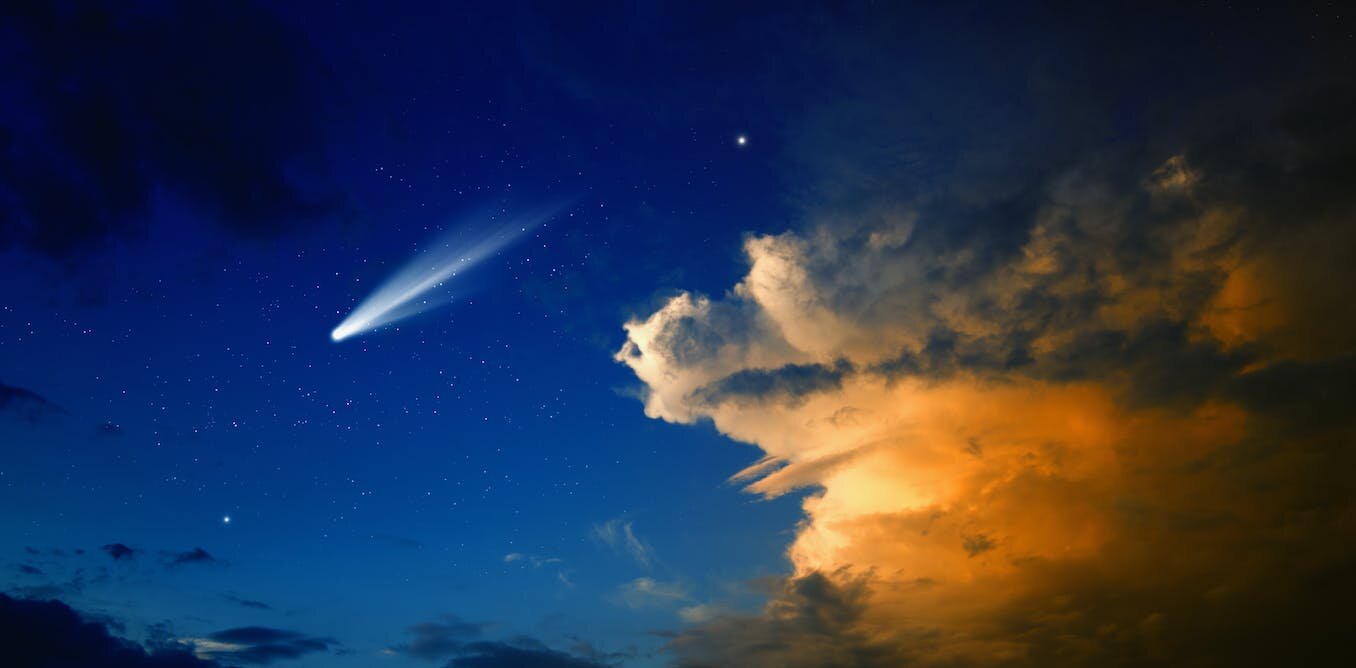Historic nebula seen like never before with Imaging X-ray Polarimetry Explore
This image of the Crab Nebula combines data from NASA’s Imaging X-ray Polarimetry Explorer(IXPE) in magenta and NASA’s Chandra X-ray Observatory in dark purple. Credit: X-ray (IXPE: NASA), (Chandra: NASA/CXC/SAO) Image processing: NASA/CXC/SAO/K. Arcand & L. Frattare APRIL 10, 2023 by Elizabeth Landau, NASA’s Goddard Space Flight Centre On Feb. 22, 1971, a sounding rocket …
Historic nebula seen like never before with Imaging X-ray Polarimetry Explore Read More »

